Do you need help keeping track of your sales leads and closing deals efficiently? Working in complex B2B and tech sales, it can be incredibly overwhelming trying to manage a sales pipeline. Research shows that over 16% of a sales professional’s time during a deal is spent managing their internal sales cycle complexities. This wasted time can very easily lead to lost opportunities and revenue.
Does this sound familiar? Well, it's time to build a powerful sales pipeline to help you organize your opportunities and streamline your sales strategy. In this step-by-step guide brought to you by MEDDICC, we will guide you through creating a robust and actionable sales pipeline and discuss how the MEDDICC mindset can help you close more deals.
Step 1: Specify Your Sales Strategy
To build a sales pipeline, you must thoroughly understand and define your sales process. This process involves breaking down the customer journey into stages, from lead generation to signing off the deal. Here are the usual steps in a sales process:
-
Prospecting
-
Qualification
-
Proposal
-
Negotiation
-
Closing
*Important tip: Remember that your sales process may vary depending on your business model and buyer persona. It's essential to create your sales process to your customer’s needs and adapt it over time.
Step 2: Identify Your Target Market
Before you can stack your pipeline with leads, you must find your target market and audience. Start by making a detailed buyer persona to help you understand who your ideal customers are - by living in their shoes; you can understand the pain and obstacles they face and where your solution can fit in. This information will help you personalize your sales and marketing efforts to entice and engage your target audience effectively.
Step 3: Generate and Qualify Leads
Lead generation is the bread and butter of building a sales pipeline. To generate leads, you can utilize content marketing, social media marketing, email marketing, and PPC (pay-per-click) advertising.
It is crucial to create content that does two things: it needs to resonate with your target audience and position your company as a solution to their problems. It also needs to add value to their day-to-day schedule. Is your content giving something back to the reader?
Be sure to track your lead generation efforts to identify the most effective channels for your business, and look to enable a growth mindset in your marketing approach - constantly refine, continually adapt and continuously improve.
Once you have generated leads, you need to qualify them to ensure they fit your products or services well. You can use the MEDDIC qualification framework to assess your leads based on their metrics, decision-making process, and pain. This process will help you concentrate your sales efforts on the most promising prospects and increase your chances of closing deals.
Suppose you roll out the MEDDIC framework across your sales and broaden the organization. In that case, you will enable your business to have a MEDDICC mindset - this will, in turn, level up your efficiency and success, with more metrics and data directing your ship and a common language running through the organization, adding to speed and alignment.
Step 4: Cultivate Your Leads
So, you’ve qualified your leads. Now what? Once you have them in the pipeline, nurturing them through the sales process is essential. This involves engaging with your prospects, providing them with valuable information, and building a relationship on trust.
You can use different lead nurturing strategies such as personalized email outreach campaigns, targeted content to their organization, and social media engagement to stay top of mind and move your leads through the sales pipeline. It’s never been more important to like and comment on LinkedIn
Step 5: Measure Your Sales Performance
To ensure your sales pipeline is effective, you must focus on the measurables to see where you can move the needle. This involves monitoring key performance indicators (KPIs) such as lead-to-close ratio, sales cycle length, and average deal size. By examining these numbers, you can pinpoint weaker areas for improvement and make data-driven decisions to level up your sales process.
In addition to tracking your overall sales performance, you should conduct deal reviews within your business to identify potential roadblocks and develop strategies to overcome them. This will help you increase your chances of closing deals and maximize your revenue.
Step 6: Add a Growth Mindset to Your Sales Pipeline
Building a sales pipeline will be a never-ending process if you're doing it right. As your business evolves, you should continuously look for ways to refine your pipeline to ensure it remains as successful as possible. You may have to carry out processes like adjusting your sales process, updating your buyer personas, or experimenting with new lead-generation strategies. Still, these are all a net positive to your pipeline.
By regularly reviewing and updating your sales pipeline, you can keep it aligned with your business goals and maintain a steady flow of leads and closed deals.
FAQs
Q. What is a sales pipeline?
A. A sales pipeline is a visual representation of your sales process, showing the progress of leads through different stages, from prospecting to closing. It helps sales teams manage their prospects, prioritize their efforts, and accurately forecast revenue.
Q. Why is a Sales Pipeline Important?
A. A well-structured sales pipeline is crucial for sales success because it helps sales teams:
-
Organize and prioritize leads
-
Improve lead qualification
-
Streamline the sales process
-
Identify bottlenecks and areas for improvement
-
Forecast revenue and set realistic sales targets
Q. How often should I review and update my sales pipeline?
A. It's essential to review and update your sales pipeline regularly, ideally monthly or quarterly. This will help you identify trends, address potential issues, and ensure your pipeline aligns with your business goals.





.png)





.png)

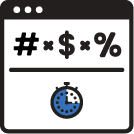



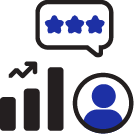





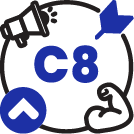






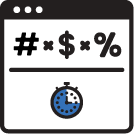





%201.png)








.png)
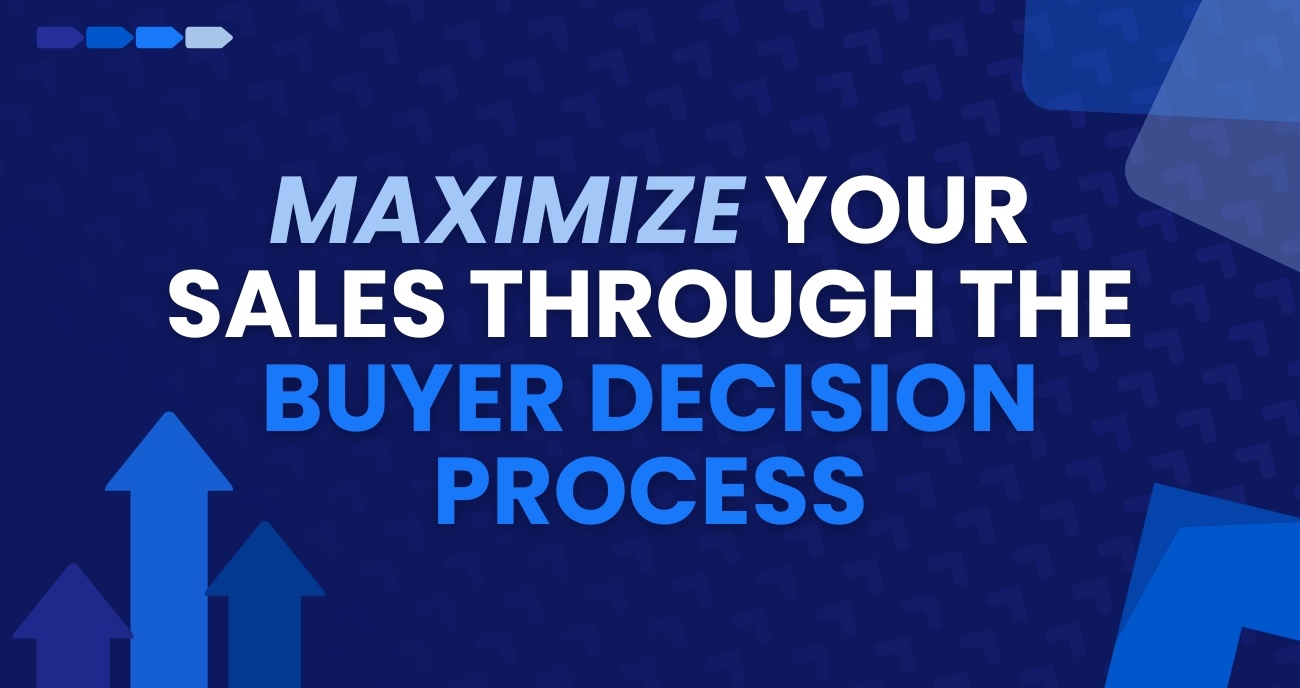
.png)
-1.png)